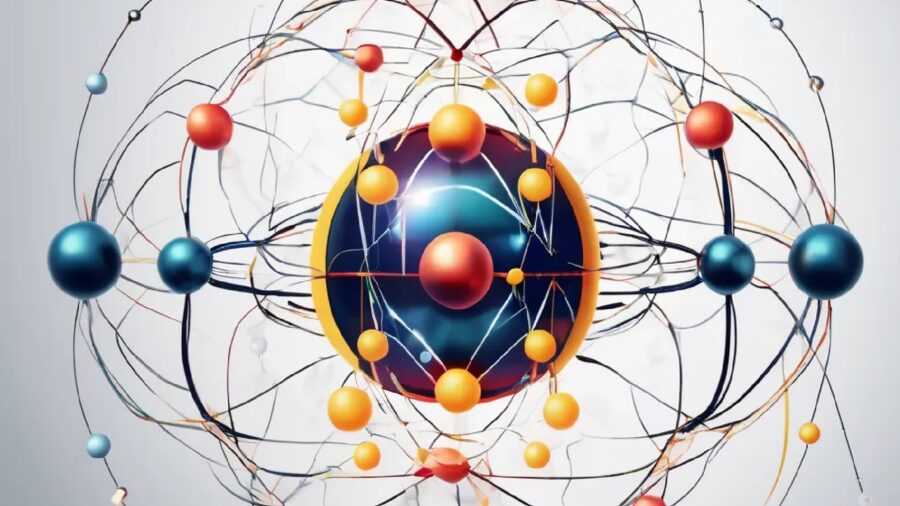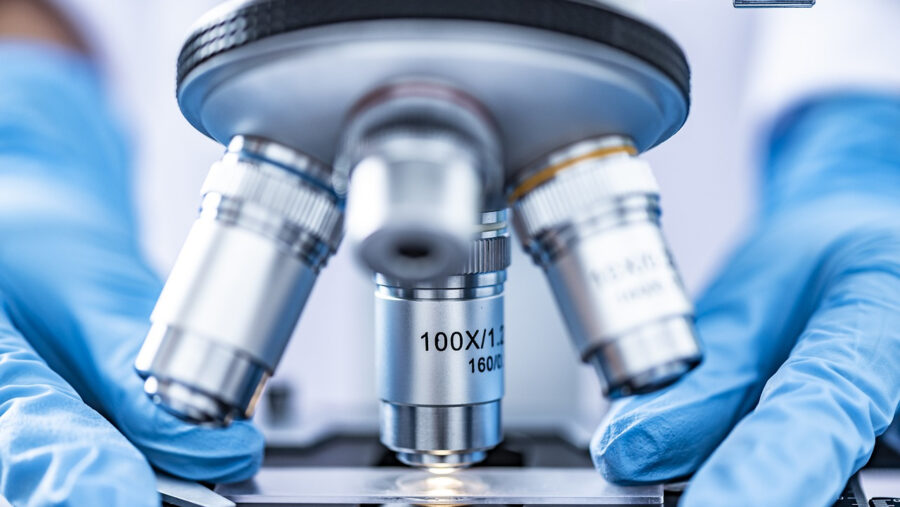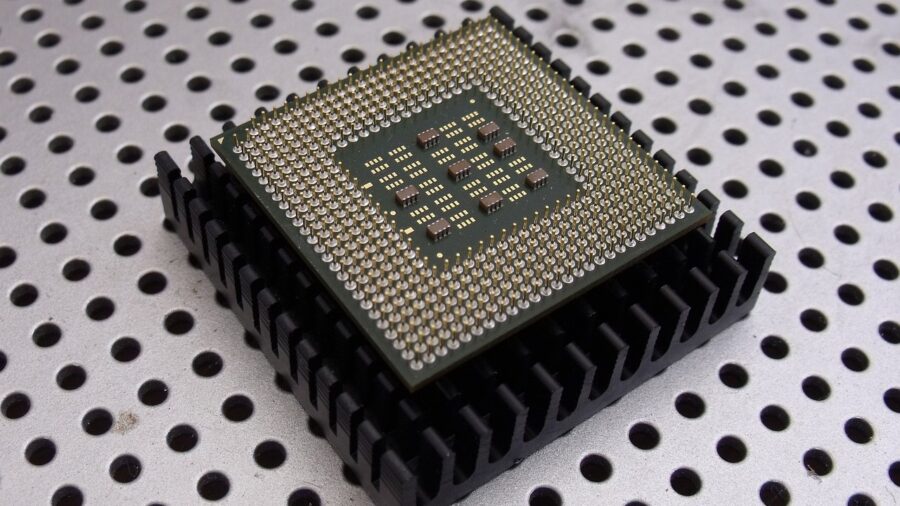Scientists Can Now See Electrons Moving With World’s Fastest Microscope

It was extremely difficult in the past to detect electrons with a microscopes, but no longer. Physicists have created a new microscope that was so quick it could spot electrons in motion. Dubbed the world’s fastest microscope, the new device is actually an upgraded version of an electron microscope, which captures images of electrons in flight.
Electrons

Electrons are among the smallest sub-atomic, fundamental particles with a very small mass and size, which makes them incredibly fast and, thus, difficult to spot. Quantum mechanics dictated that electrons don’t have a definite position and momentum but instead exist in a cloud of possibility, which makes it very difficult to pinpoint their exact location.
Add our previous technological limitations, most of which can only infer the movement of electrons, to the mix, and you’ll understand why it’s so difficult to catch one in motion.
How It Works

The new microscope captures their movement by hitting them with one-quintillionth-of-a-second electron pulses. That’s 1×10-18 or one trillionth of a millionth of a second.
In other words, for the new microscope to be able to capture electrons in motion, the speed of the pulses has to be faster than the speed of electrons themselves. Researchers now hope to use the world’s most powerful microscope to observe electrons closer and make some new discoveries on how they move within the cloud surrounding the nucleus of an atom.
Not New Technology

In spite of what you may remember from diagrams or images in science class, the exact position and movement is difficult to pinpoint. The ability to actually see electrons move, arrange, and rearrange themselves inside atoms can lead to a better understanding of quantum physics, which could enhance the depth of our understanding of both physics and chemistry.
With that said, this is not a new technology—the methods used to create the exposure time necessary to capture movement were developed in the early 2000s.
Seeing How They Work

This opens a whole new scientific universe for humanity, as we can now observe how chemical bonds between atoms rip apart—for those who haven’t paid attention in science class, different atoms within molecules are held together by electrons.
Not only that, but we can now see how they behave inside semiconductors (computer chips) and liquid water, as well as how exactly electrons carry charge.
An Amazing Time

This truly is an interesting time in science. We have AI, pocket computers that are roughly 3,000 times more powerful compared to the onboard computer on Apollo 11, and now we finally caught glimpses, real glimpses, of electrons in motion.
If nothing else, at least Star Trek fans are having a field day with this announcement, considering that most of the tech we can’t imagine our lives without was actually inspired by their favorite series.
Source: Science Advances











